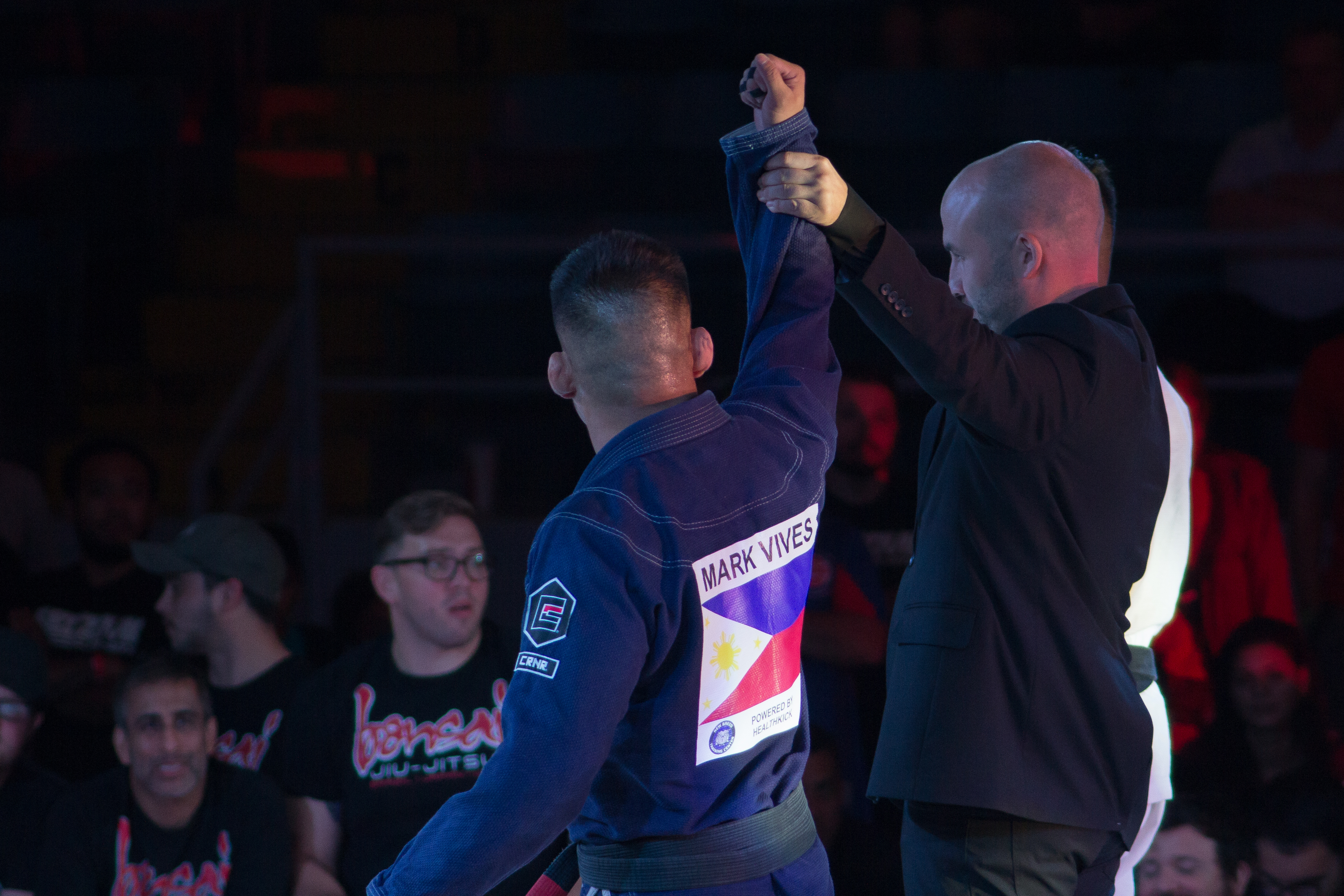
Preparing for a BJJ tournament takes a lot of hard work. Just “rolling” isn’t going to get you ready. Don’t get me wrong, it’s definitely a big part of training and what everyone looks forward to, but you sometimes need to break it down a little more.
In this article, I would like to share my thoughts on this topic based on my experiences competing as a white belt all the way to black belt.
Training is very complex, which is why BJJ is so awesome. You will never run out of things to improve. Some important aspects of competition training I will touch upon include drilling, specific position training, rolling, understanding the point system and rules, warming up, and strength and conditioning.
Drilling is key
This is something you have probably heard your coaches tell you in any sport you have played. If you can’t drill correctly, you aren’t going to learn anything. Drilling doesn’t mean to fully resist your partner or to be a complete dead fish. It means to figure out a level of realistic resistance among you and your training partners, which will differ with every person.
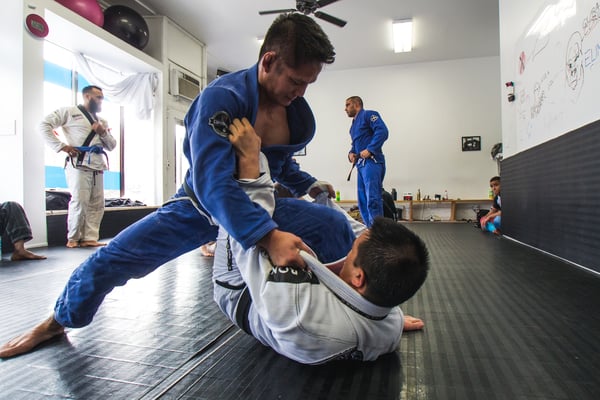
My first BJJ instructor (Henry Matamoros) taught me that everyone should be able to train with anybody, regardless of size and strength. When you practice a move or a sequence of moves, you want to be able to finish them completely with your partner helping you get there.
That’s how you will both get the “feel” for the move, in order to hopefully execute it when going live. Another important part that goes along with this is that you should always try to get as many repetitions as you can. If you are training outside of class, set a timer and continue to drill until it goes off. The same should be done during class time. Keep on drilling until your instructor gives further instruction. As you advance, you can start drilling different situations, where one partner gives the other different looks in order for them to react accordingly. This will help build muscle memory in the long run causing your body to react to certain attack and counters without hesitation.
Specific Positional Training
In my opinion, specific positional training is one of the most beneficial forms of training. You are making yourself work from positions you might not ever be in on a regular basis when you just roll. Most of us train with the same group of people all the time. After training with each other so much, everyone starts to figure each other out, sometimes causing two training partners to have the same roll every time they pair together.
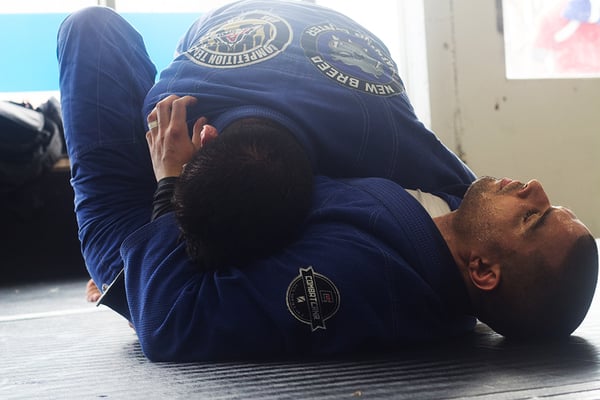
For this type of training, each person starts in a given position where each has an objective to complete in a certain amount of time, which can vary. I was also taught the importance of the eight positions in BJJ and transitioning between them by my first instructor. These include guard, side control, knee on stomach, mount, reverse mount (back), scarf, reverse scarf, and north-south, in which all contain many variations.
For example, guard is the first position I mentioned and we have so many different forms such as closed, half, butterfly, spider, De La Riva, etc. While training for myself or teaching class at the academy I like to focus on four of these specific positions, guard, side control, mount, and back mount. Off these four, many transitions (such as the other four positions), attacks, and defenses are available. Feel free to be as creative as you want when doing this type of training.
Roll, Roll, Roll some More
With all the drilling and specific training, rolling is what everyone looks forward to. Rolling is where you will probably do the most learning. This is the time where you get to figure out what you are good at, and what you like to do.
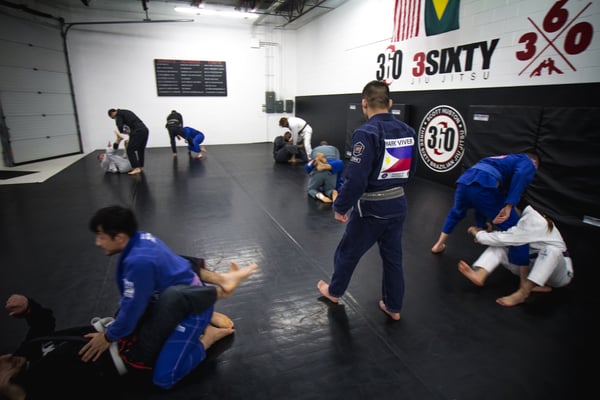
There are three types of rolling
Flow rolling, class/training rolling, and live rolling
Flow rolling consists of opposing sides trading off techniques. To simplify it, one partner is on offense and the other on the defense. They will make their transitions as they wish and set up a submission when ready. Once this happens, the other partner can now begin his defensive technique, as the offensive returns the favor of realistic resistance allowing him to escape, now changing who is on offense and defense. This pattern continues until the end of the round. As you advance you can again be creative and make the rolls more detailed.
Class time rolling and training rolling are the same in my opinion. Most people’s training takes place during class time and if you’re lucky after class. During this time you aren’t helping your partner complete each move. Now you get to try everything you have learned and have been training to do. The intensity level will go up making everything more realistic, but you are still not going 100%. Always be mindful of your training partner as well as others around you.
The last type of rolling is live rolling. I don’t feel that this should be done during class time due to the fact that there are others who are training for many different reasons besides competition.
A time should be set aside for competition matches to take place amongst the team members competing along with anyone else willing to help. The point of this is to turn everything up a notch and simulate the actual competition.
Understand the Point System
Understanding the point system and the rules will also help before competition. Each tournament has different rules, experience levels, weight classes, and time limits. It’s always a good idea to make sure you are on the same page before stepping on the mat. This also ties into training because you know ahead of time what you can and can’t do.
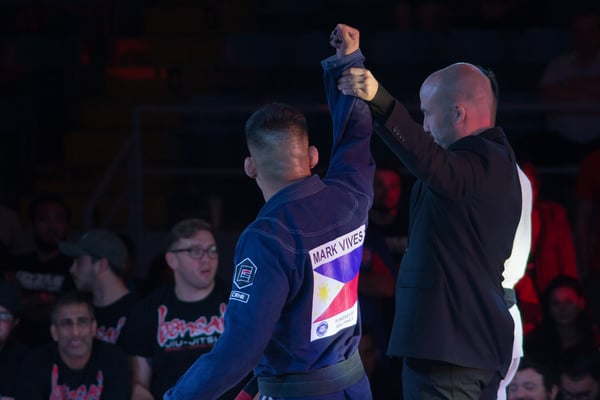
Most tournaments require you to hold each scoring position for at least three seconds. That is a good habit to get into while training, whether you are drilling or rolling. You always want to make sure you get rewarded your points in case the match ends up very close. Simply count to three in your head before you make your next move. If you aren’t practicing maintaining you positions in the gym, it’s going to be difficult trying to do that during competition.
Warm Up
Warming up is something I think more people should consider before stepping on the competition mat. I know there are a lot of people that do indeed take advantage of this, but I know of people and witness people all the time that just stretch or don’t do anything at all.
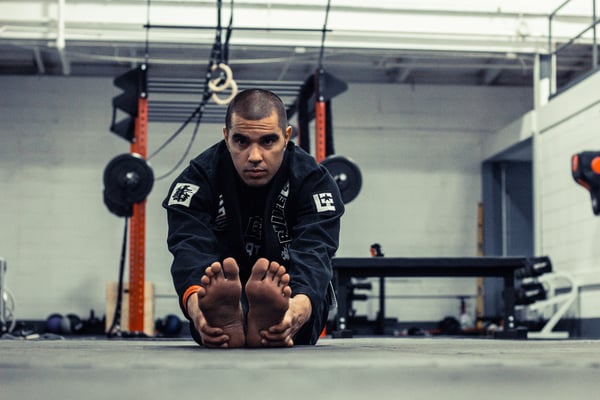
I say do whatever you need to do to feel ready, these are just my opinions. Think about it like this, you begin warm ups after bowing into class and continue to warm up through class as you drill and practice techniques. By the time you get to roll in class, you are already nice and warmed up. Why not keep the same pattern before competing? Keep it simple and do the warm ups you do in class.
Most tournaments give you an approximate idea of when your division will be up allowing you to judge a good time to start. After this you can grab a teammate and drill certain things you had trouble with during training as well as things you know you are going to try. Flow rolling is also a good idea. My high school wrestling coach (Joe Trawitzki-Shorewood High School) always told our team to never go on the mat cold and to always have a good sweat going. I always try to keep that a habit and try to get that first “wind” out before my division gets called.
S&C
Lastly, strength and conditioning is another aspect I feel more competitors need to add into their regular routine. This is something that has to be done consistently even when there is no tournament coming up. You can’t stop, go, stop, go, stop, go, over and over and expect to gain anything.
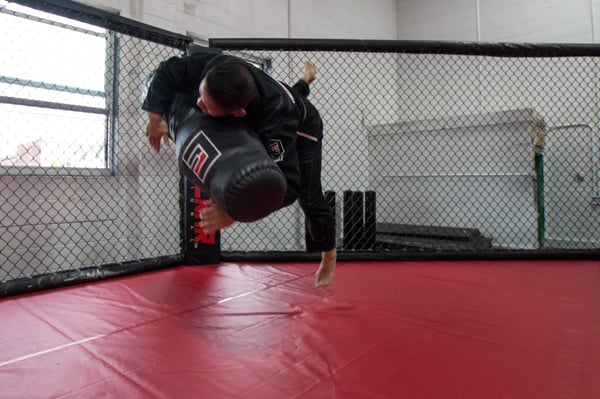
It is important to condition your body in order to be ready for whatever comes your way. Some have coaches specifically for this and some are dedicated enough to do this on their own. One thing about BJJ tournaments is that you never really know much about the other people in your division. Having a good strength and conditioning regimen will give you an advantage or keep you in the game against whoever is across the mat. This is especially true for those who hope to one day compete at a high level.
Again, the issues discussed above are my opinions and beliefs when it comes to preparing for a BJJ competition. Everyone has their own ways and protocol and I respect that. There are only so many hours in a day and so much time people can sacrifice, but I hope you enjoyed this article and videos and found them helpful. Please leave any thoughts, comments, or questions below.
- Tags:
- Omar's "On the Mat"